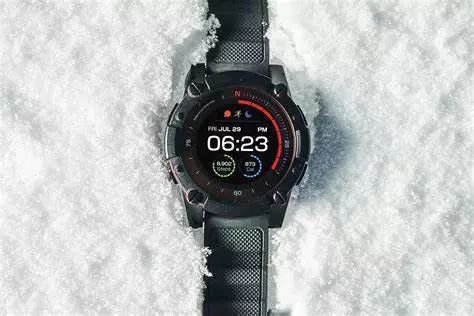With the advancement of technology, the number of smart products in everyone’s hands has been increasing. From smartphones, tablets to fitness bands and smartwatches, the intelligence of each device means they often require charging.

However, some companies are keen on innovation, such as Matrix Industries, which has developed the completely rechargeable-free smartwatch, the Matrix Power Watch.
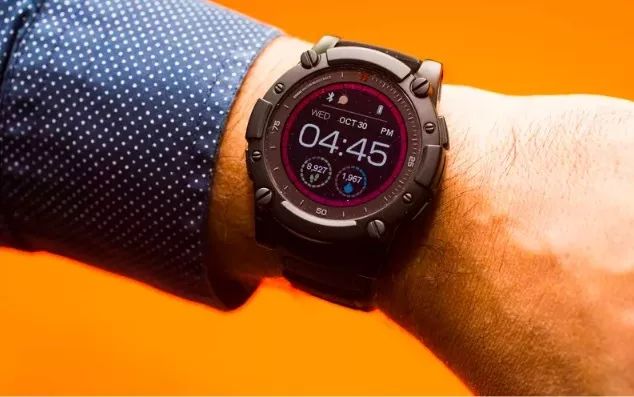
Today we will introduce the second generation of this watch, the Matrix PowerWatch 2. Compared to the first generation Matrix PowerWatch, which had poor performance, the Matrix PowerWatch 2 showcases a different charm.
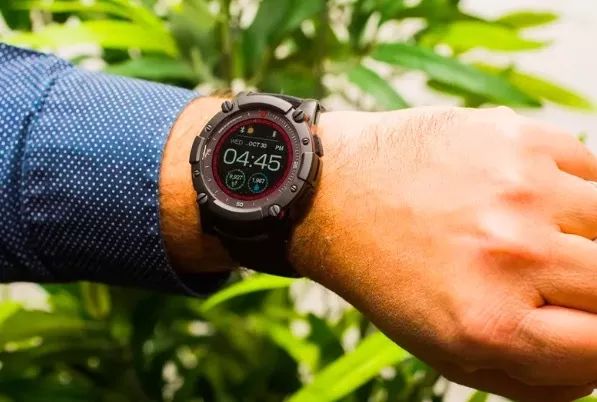
The Matrix PowerWatch 2 looks somewhat similar to the older Casio G-Shock watches. The large dial makes it very clear, allowing easy visibility of the displayed content even in direct sunlight.
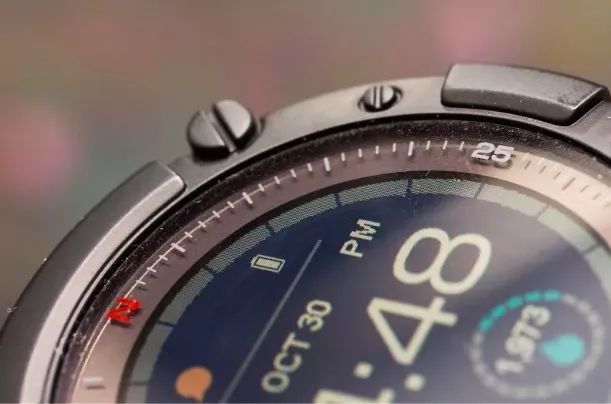
This smartwatch comes in standard and premium versions, both featuring an aluminum case and a sapphire crystal-covered display. The standard version has a black silicone strap, while the premium version features a stainless steel strap, both of which feel very comfortable.
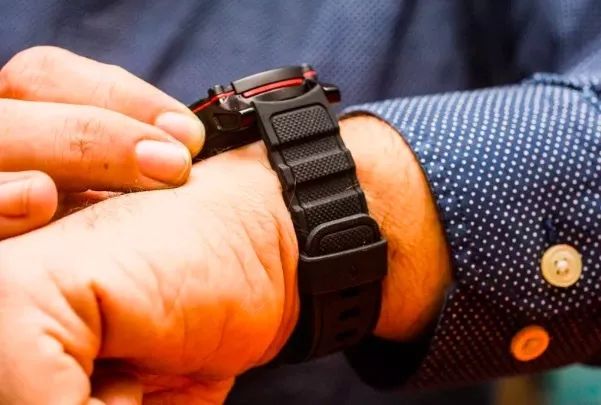
Although the design is not eye-catching, the most remarkable feature of this watch is that it does not require charging. The PowerWatch 2 is a smartwatch that generates power through solar energy and body heat, essentially never needing to be charged.
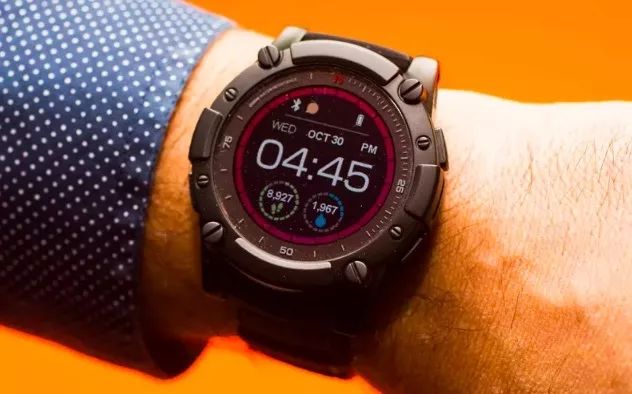
Moreover, users can monitor the watch’s power status through a mobile application, which displays daily solar energy and body heat generation counts.
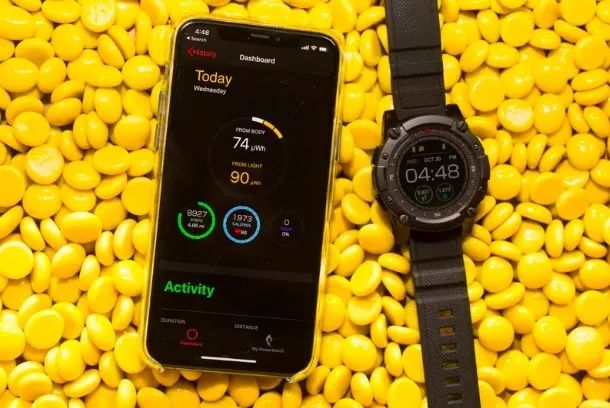
Users have reported that a person generates 170 milliwatt-hours of heat in a day, while solar energy can produce 310 milliwatt-hours.
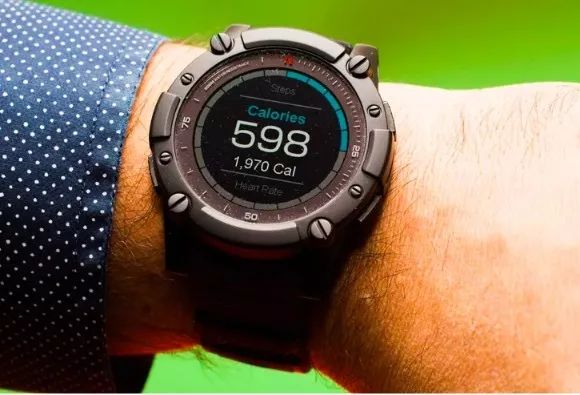
Testers wore the PowerWatch 2 on their wrists for nearly a week without the watch’s battery running out. If everything works well, users will never need to deliberately charge the watch.
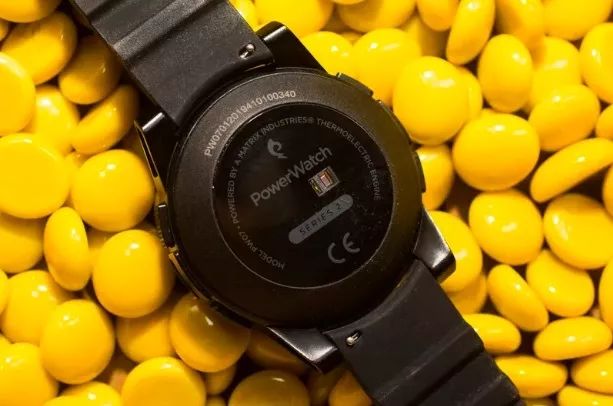
So, can the Matrix PowerWatch 2 meet the usage needs of most users as a smartwatch?
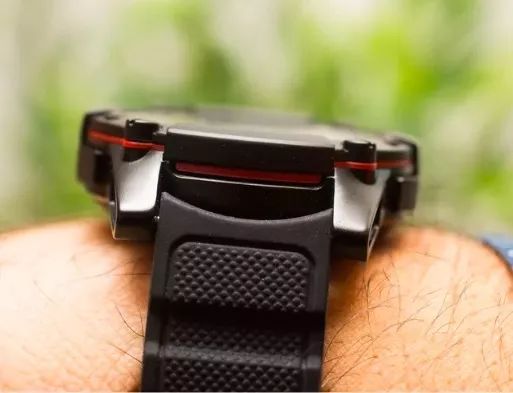
Compared to the first generation Matrix watch, which could only record steps and display time, the PowerWatch 2 has made significant breakthroughs in functionality.
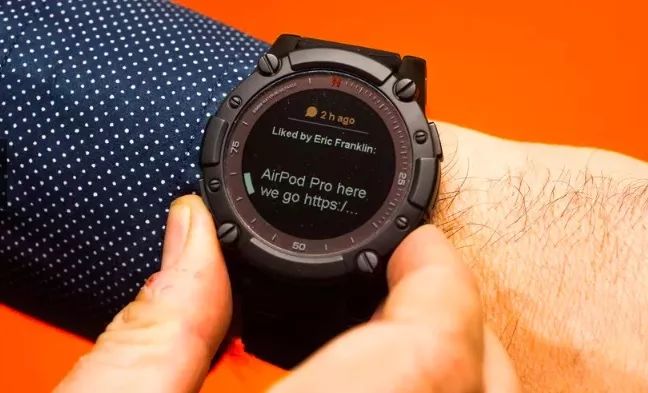
It not only tracks general steps, sleep, calorie counting, and heart rate, but also syncs with Apple Health and Google Fit.
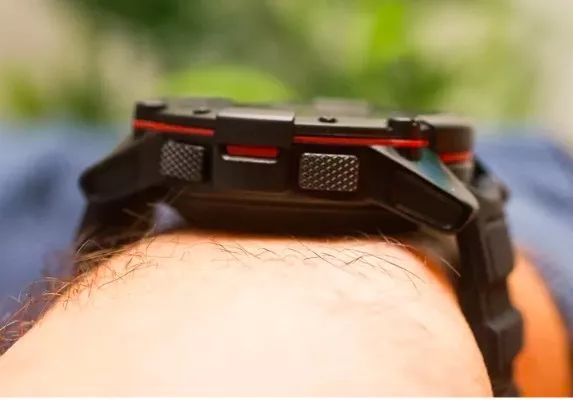
GPS may be the Achilles’ heel of the PowerWatch 2. Using GPS for more than 30 minutes a day can drain the watch’s entire battery.
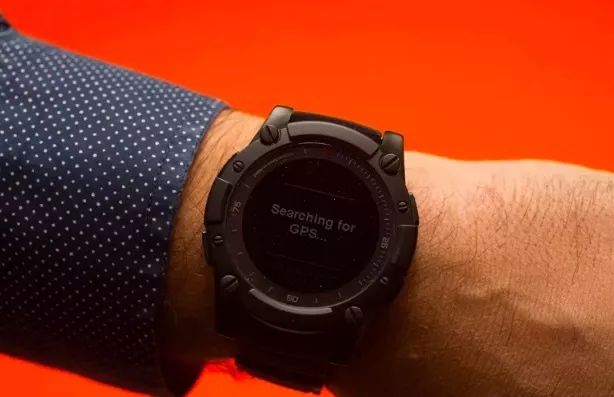
Therefore, purchasing this watch comes with a small USB charger, in case the battery is drained by GPS before the phone is fully charged.
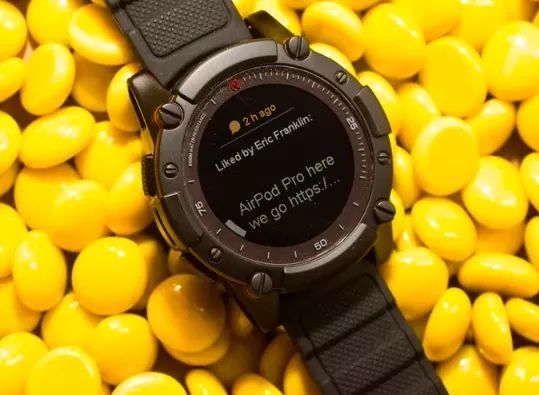
Fortunately, very few users frequently use the GPS function in their daily lives. However, some users have reported that notifications from the PowerWatch 2 sometimes do not appear on the watch screen but only vibrate.
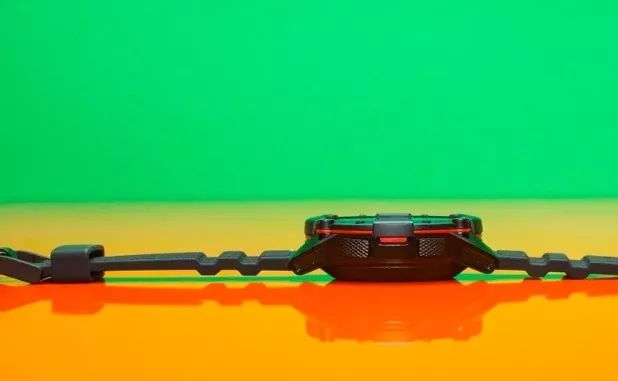
Additionally, the PowerWatch 2 has some minor issues with Bluetooth connectivity. For example, when connecting to an iPhone 11 Pro via Bluetooth, the connection is unstable and frequently disconnects.
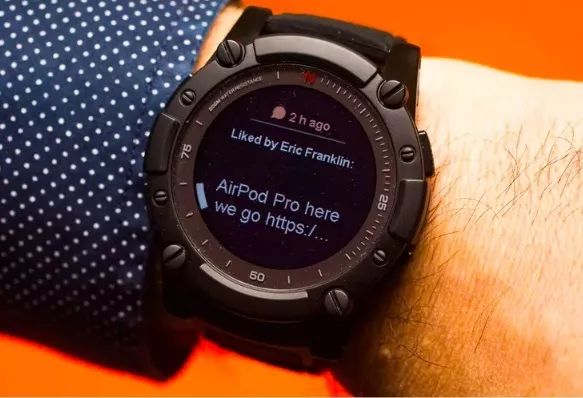
In contrast, the PowerWatch 2 still falls short compared to other excellent smartwatches available on the market.

Take the Apple Watch 5, for example. In addition to basic functions, the Apple Watch 5 is equipped with an always-on Retina display, allowing users to see the screen clearly without raising their arm or making any movement.
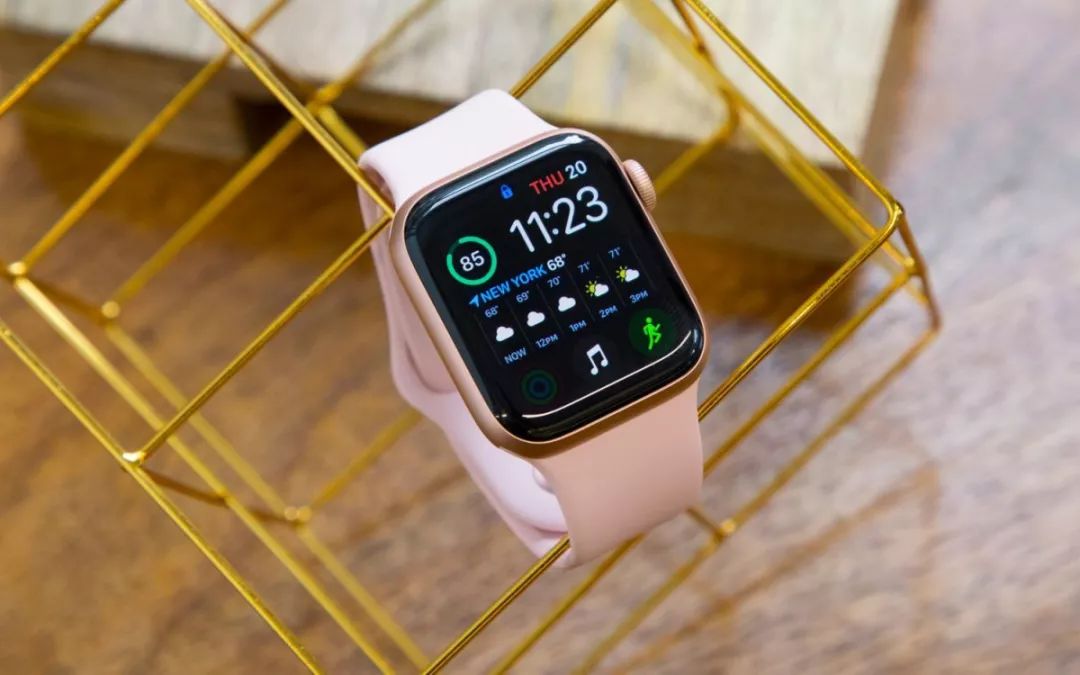
Moreover, fitness trends, menstrual tracking, innovative hearing health features, emergency call functions, and station card swiping functions, etc., make the Apple Watch one of the most competitive smartwatches on the market.
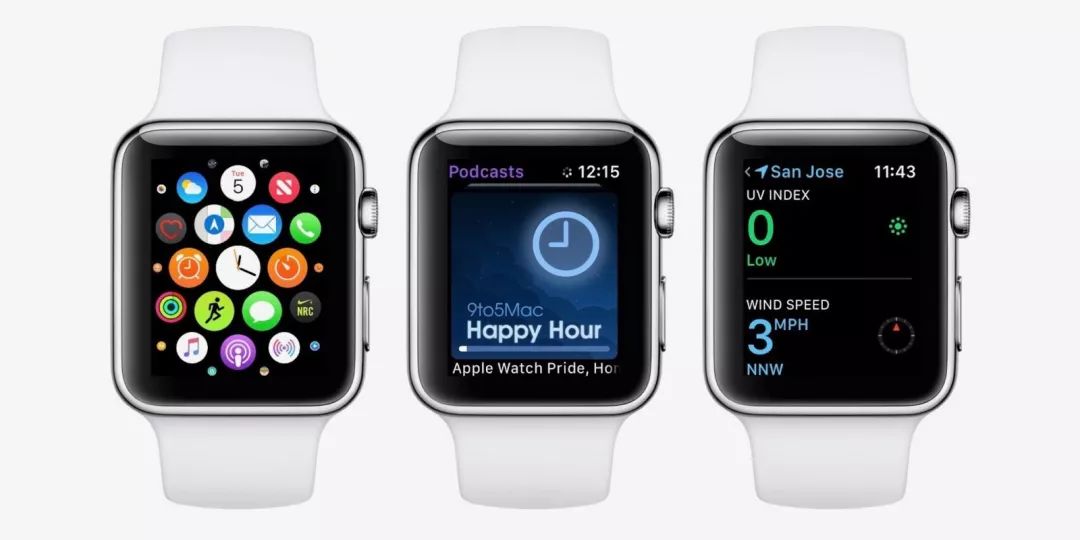
In terms of price, the PowerWatch 2 does not follow a low-cost route. Currently, the standard version of the PowerWatch 2 is priced at $499, while the premium version is priced at $599. In contrast, the Apple Watch starts at just $349, and Huawei smartwatches start at 1288 yuan.
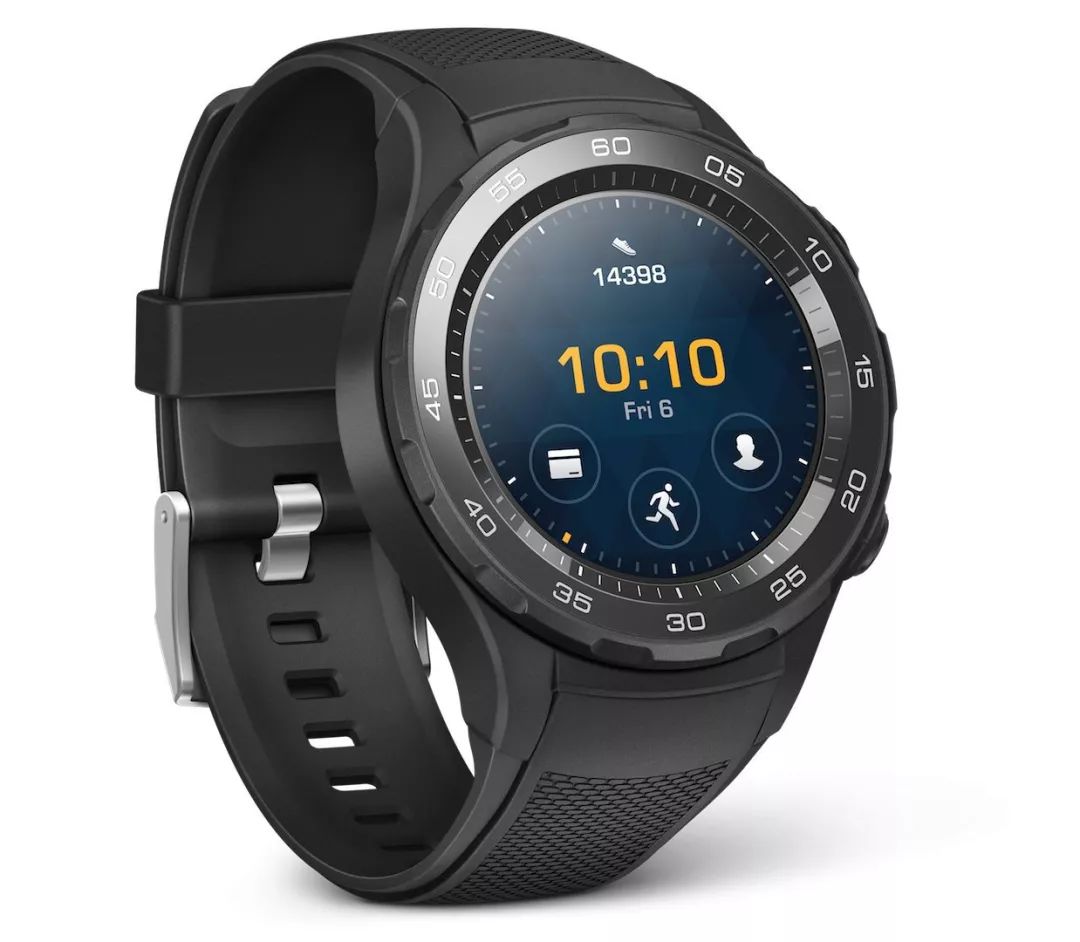
With no standout design and a high price, along with features that are somewhat inferior to other smartwatches on the market, the PowerWatch 2, which relies solely on solar and body heat for power, does not have a promising market outlook.

Of course, co-founders Douglas Tham and Akram Boukai do not intend to stop here. They aim to develop a more complete system and features based on the no-charging characteristic.
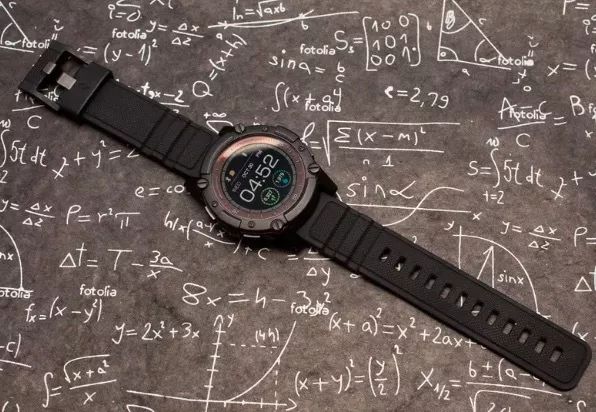
To become a competitive smartwatch, the PowerWatch 2 has a long way to go. With improved features combined with the no-charging selling point, the upgraded PowerWatch is expected to attract more market interest.
